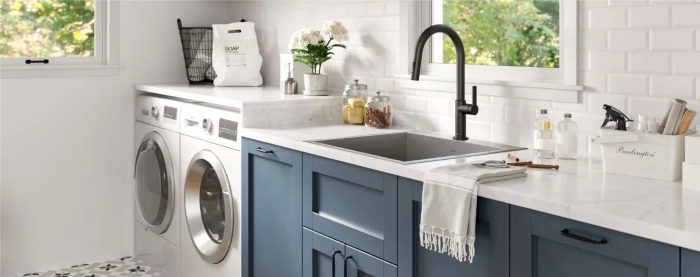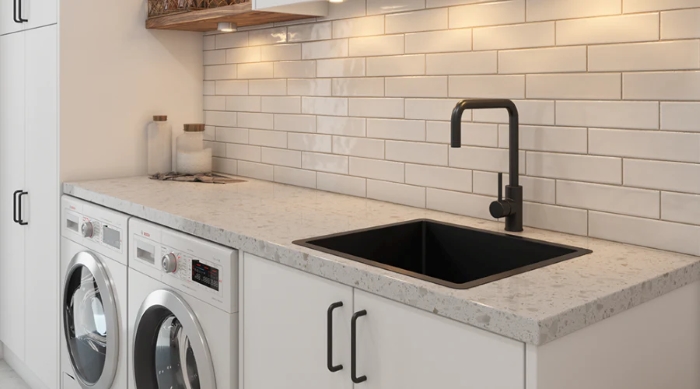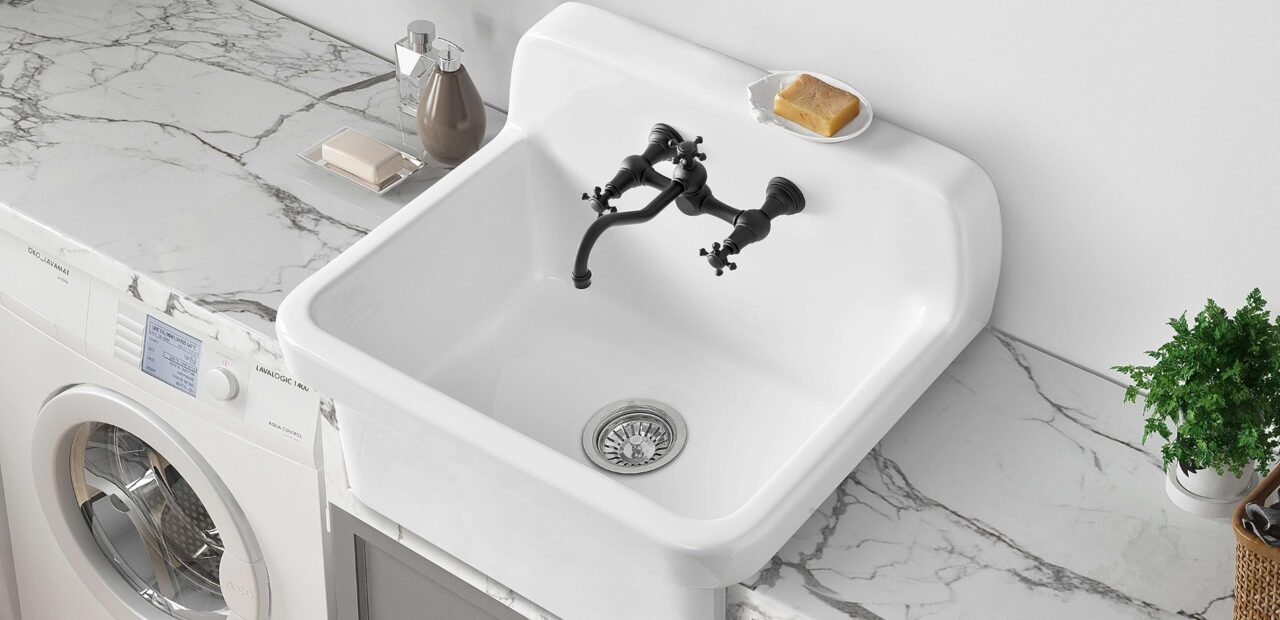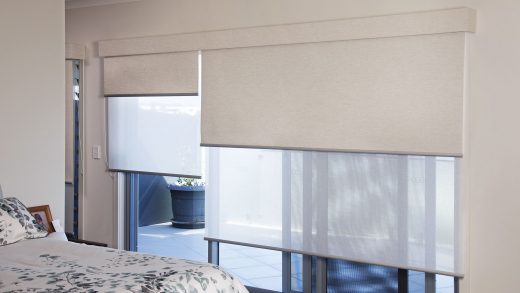Sudsy Solutions: The Ultimate Guide to Choosing a Laundry Sink
The laundry room is a crucial component of every household. It should be a well-organised space where you do your laundry. You already have the essentials like a washer and dryer, detergents, laundry baskets and ironing board, but there’s one more thing that will complete the laundry room setting. That’s the laundry sink. This is an item that makes maintenance simpler, easier and less time-consuming.
Contents
What’s a Laundry Sink?

In the early years, homeowners had a large, plain, white tub that acted as a laundry basin. It wasn’t the most attractive thing to look at, but it was practical enough and did what it was meant for. People accepted it as a very practical addition to the laundry room and in some cases, you could find it in the basement or mudroom.
The depth of these basins had to be at least 30 cm, although they could vary in size. They were the perfect place where you could wash some delicate materials and soak the laundry. People also used it for other purposes like mopping the floors or even giving a bath to some of their smaller pets. However, homeowners started appreciating this basin more and invested in their quality and looks.
Nowadays, a practical and durable laundry tub comes in many shapes, and sizes and can be made of different materials. It’s a nice addition that can spruce up the laundry room and complement the existing decor perfectly. But besides its main purpose, you can use the basin for keeping drinks cool, watering household plants, bathing pets, washing your hands and dirty boots, rinsing buckets and mops and much more.
What to Consider When Buying
Consider Installation
There are several different methods of installing the sink in the laundry room because there are a few different types of sinks. Consider the placement carefully, because this is an item that requires permanent installation. And as a permanent fixture, it requires a water source and a drain.
The first type is the drip-in basin. This one is attached, or inserted, into an already existing countertop in a cutout hole. Some people know them as self-rimming basins. The second type is the undermount sink. It’s installed to the countertop’s bottom in a similar way as the drip-in basin. Both these options are perfect for creating an aesthetically pleasing interior.
They make the space look smooth and cohesive because nothing is sticking out of the surface, everything is levelled out and you’ll be working at a same-level workspace. There are also wall-mounted basins. They’re attached or installed directly to the wall. It’s done with the help of some wall studs that are found behind the drywall just because of weight restrictions.
You need to ensure that the wall can support the sink’s weight both when empty and when filled with clothing and water. If you have a smaller laundry room, a wall-mounted basin is a great solution. You get extra storage space underneath the sink where you can store your towels, brushes, detergents and other accessories.
Freestanding sinks are a very popular choice in modern, contemporary and minimalistic laundry rooms. They’re made of one or a double sink and are mounted on their own legs. In some cases, they’re attached to the sink, and in others, they’re sold separately. This is a very affordable, simple type of sink. It can be as deep as 60cm and requires no special installation knowledge.
Material Matters
The material is very important because it can determine the sink’s lifespan. One traditional choice for a laundry tub would be cast iron. A lot of manufacturers use enamel to coat the cast iron sink and get a heavy-duty product. This increases the sink’s damage resistance and enables it to tolerate high temperatures. Plus, it’s stain-resistant which is a perfect feature for a cleaning sink.
Make sure you apply fresh enamel coating if you spot any rust or minor cracks. If you don’t do this, the damage will get bigger eventually and you’ll have to replace the whole basin. One disadvantage of cast iron sinks is their weight. You’ll need an extra pair of hands to move it around.
If you want something lighter, go for acrylic. This is a scratch-resistant and stain-resistant material that’s perfect for a laundry basin. Keep in mind that this material is not as heat-resistant as the others and makes more noise when water hits it. Another classic choice would be porcelain. It has a timeless beauty, it’s shiny, heat-resistant and very easy to clean.
Last but not least, is stainless steel. This is a lightweight, durable and easy-to-clean material. It fits perfectly in homes and laundry rooms that have an industrial interior design. It’s heat-resistant but when water starts pouring, it can get loud. The only downside of these sinks is that they can dent if hit hard and if they get a scratch, you can’t sand it out.
How About the Tap?
The tap is the thing that brings the water to the sink. The three main things to consider are price, design and durability. Stainless steel, brass, copper, nickel, and chrome are a few of the most common material options. Make sure to match the tap to the laundry sink and the rest of the fixtures in the room. This way you’ll get a cohesive look that complements the entire room.
Is It Different Than a Kitchen Sink?
Even though these two sinks look the same, they have several different properties. The sink’s thickness is the main difference. You can also spot a difference in the craftsmanship and quality. In some cases, a laundry sink can be used as a kitchen sink because it’s thinner. But a kitchen sink can’t be used as a kitchen one because it’s heavier and thicker.
Do You Really Need It?

This is not something you can’t go without in your daily life, but rather an item that will make you more organised in washing. It gives you space to be more effective, especially if you have a large pile of clothes that need to be hand-washed. But if almost every piece of clothing you have can be machine washed, you might not need a laundry sink.
While you can use the kitchen sink to remove some stains, having a laundry room basin is helpful if you have to climb stairs every time you need to load laundry. Plus, this basin can also serve as a drainage system for the washing machine. It can help you separate the clothes by colour or material and keep the extra dirty pieces away from the rest.

















